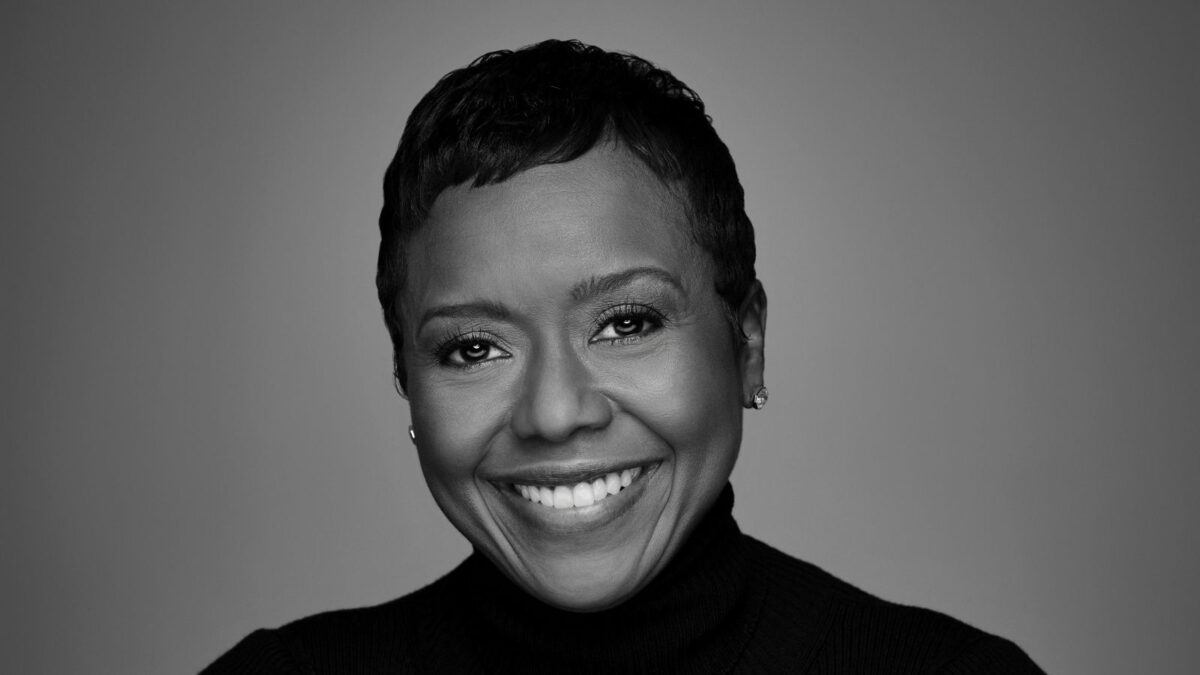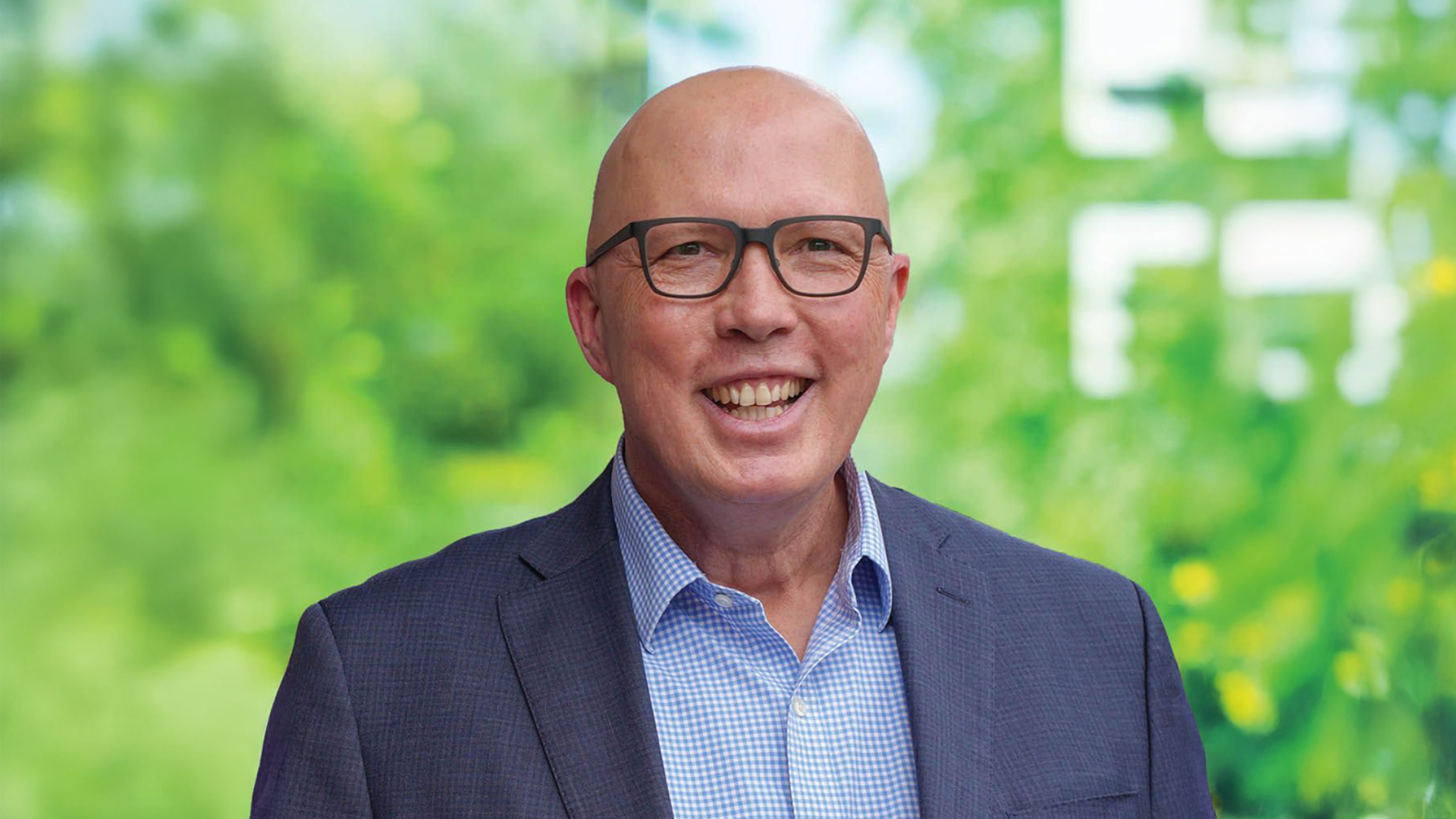‘The proof is there’ for diversity as an active management advantage: Ariel Investments
Getting “the brightest minds and different experiences around the table” can create serious value add for active managers and lead to better stock picking outcomes, according to Ariel Investments co-CEO Mellody Hobson.
Started in 1983 by John Rogers, Ariel was the first black-owned mutual fund manager in the United States, built on the idea of “not being homogenous or monolithic”.
“Diversity for us has been a competitive advantage, and I say that at a time when this whole conversation is being turned on its head, and there’s a real, concerted effort to go backwards when it comes to diversity in the US, which could take place around the world,” Hobson tells ISN
Hobson is talking about the Supreme Court ruling on affirmative action policies, which found that race cannot be a factor in university admissions, and the generalised hostility that has emerged towards diversity initiatives after a decade where big business was keen to highlight their bona fides.
“There is a new narrative that the diversity efforts that have existed to help those who have heretofore been underrepresented in American society – especially in the higher echelons of business – are discriminating against those who are not diverse,” Hobson says.
“We did (diversity) organically – we had no perspective on what you had to look like or where you had to come from to work in our company, so we didn’t have to be, in the same way that companies are today, trying to fix something; we built it with that kind of open mind.”
While the performance benefits of diversity are seen by its critics as nebulous – something that exists in the eye of the beholder – Hobson believes they’re very, very clear.
“In the investment management business you have a score, every day. It’s like a basketball or baseball game, it’s math. Over the long term you have to be able to demonstrate that you can outperform and we’ve done that. So we would say that’s a reflection of the diverse group of people we’ve put together.”
And with passive funds rapidly eroding active manager market share, outperformance matters more than ever. It’s a “tough environment”, but Hobson is hopeful that narrow index leadership will soon broaden out and there will be more opportunities for active managers.
“You add value because trees don’t grow to the sky; where do (the Magnificent Seven) go? Are they $5 trillion, 70 per cent of the benchmark? That leadership can’t continue in this way forever, and when they don’t it will give active managers great opportunities to outperform because to the extent that they come down they’ll take the index down with them because of size. A lot of the index does quite fine, and when some of those stocks have some of the air come out of them – it doesn’t mean they’re bad companies, they’re just priced for perfection and really expensive.”
Some parts of the asset management industry are “really hot”, Hobson says; others are not. A young graduate today wants to work for a private equity firm, while the public markets are shrinking as companies shy away from the volatility and scrutiny that comes with being listed.
“All of this, to me, creates opportunity, because that shrinking number of public companies are more orphaned when you have such a concentrated amount of leadership in the large cap index,” Hobson says. “When you get orphaned stocks you get more value, more opportunity to outperform; the pendulum can swing very far back the other way, and if you just believe in basic mean reversion you’re going to see outperformance in returns, especially in areas that have been largely ignored and underfunded over the last decade or more – things like small caps, or international relative to the US, or emerging markets.”











